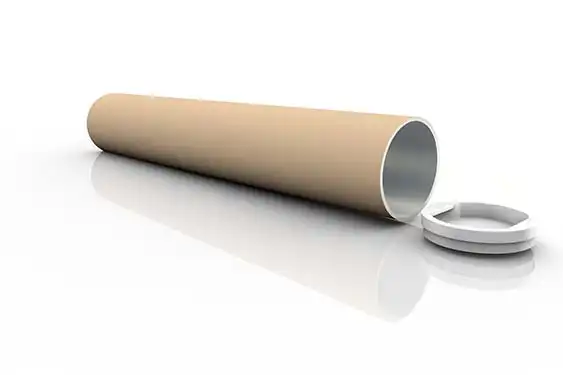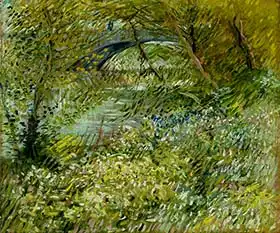About this finishing
Print. The image is printed on the top quality 10-ink HP Z9PS printer on HP matte 270 g / m2 paper. You can choose any size to an accuracy of 1 cm. A margin of 5 cm around the image is added to the size of the motif.


You can find a detailed description about our finishings
here.
The banks of the Seine at the Pont de Clichy (Spring)
Date:
1887Medium:
oil on canvasLocation:
Dallas Museum of ArtDimensions:
48,9 x 58,1 cm"The Banks of the Seine at Pont de Clichy (Spring)" (French: "Les bords de la Seine à Pont de Clichy (printemps)") is an oil painting by the Dutch painter
Van Gogh . Completed in 1887, this work depicts a springtime scene by the River Seine near the Pont de Clichy, which was a favorite subject of Van Gogh's.
The painting depicts a wonderful spring view of the banks of the Seine. You can see how
nature is waking up after winter, and the trees are starting to grow new leaves. The center of the painting is the Pont de Clichy bridge, which was a favorite subject of Van Gogh. The bridge crosses the Seine River and serves as a prominent element in the composition of the image. In the foreground of the picture you can see blooming spring
flowers , which is a typical motif for the spring season. Van Gogh was able to capture the beauty and freshness of these flowers. The painting represents spring as a time of renewal and joy. Van Gogh was a great admirer of nature and felt a deep connection to it, which is also reflected in his paintings.
Gogh painted picture The banks of the Seine at the Pont de Clichy (Spring) in 1887. Prevailing color of this fine art print is vivid and its shape is landscape. Original size is 48,9 x 58,1 cm. This art piece is located in Dallas Museum of Art. This image is printed on demand - you can choose material, size and finishing.
Vincent Willem van Gogh (1853-1890). Dutch painter belonging to
Post-Impressionism. His paintings (some 900 paintings and 1,100 drawings and sketches) are among the most famous in the world and are sold for exorbitant sums (except for those in our shop).
Parisian Impressionists He lived in Paris from 1886 and was influenced by the use of bright colours - most of his works were painted during this period. In his paintings, Gogh uses contrasting colours (often blue and orange - he said that I want to use colours other contrasts to each of them shone even more to contrast a man and a woman). He was known for his excesses and amputated an ear after the break-up of his friendship with
Gauguin. There is a lot of speculation about this incident (he possibly suffered from heavy metal poisoning from paint that had caused mental problems). In 1890, unfortunately he committed suicide.


